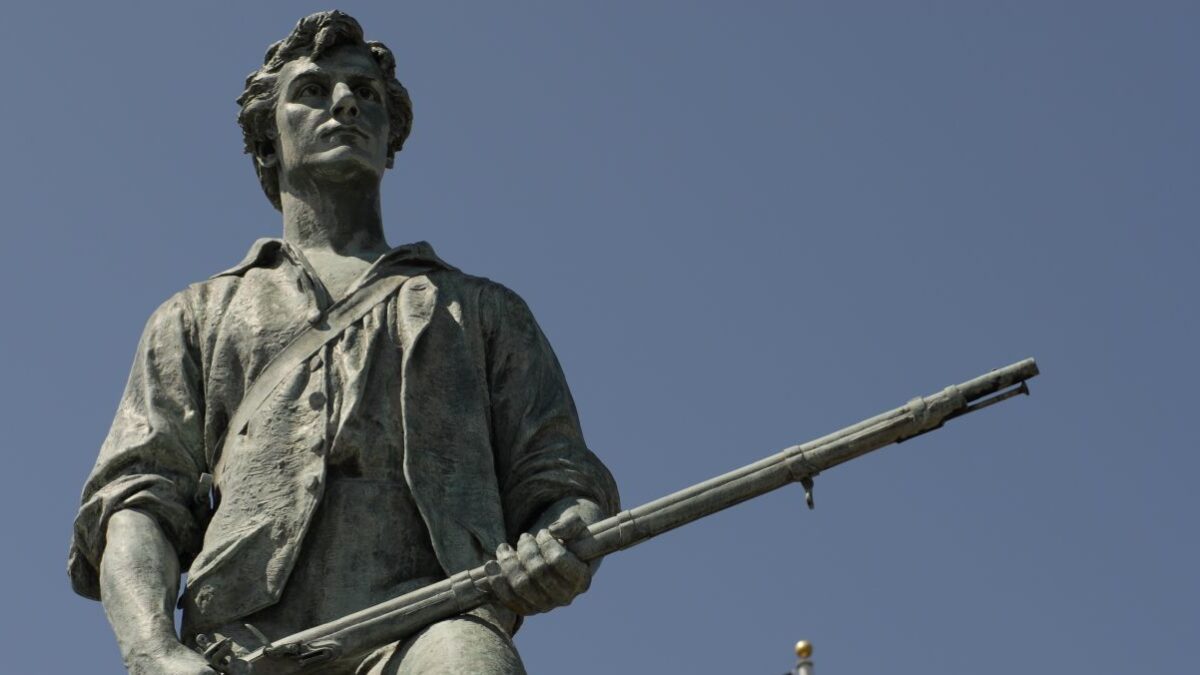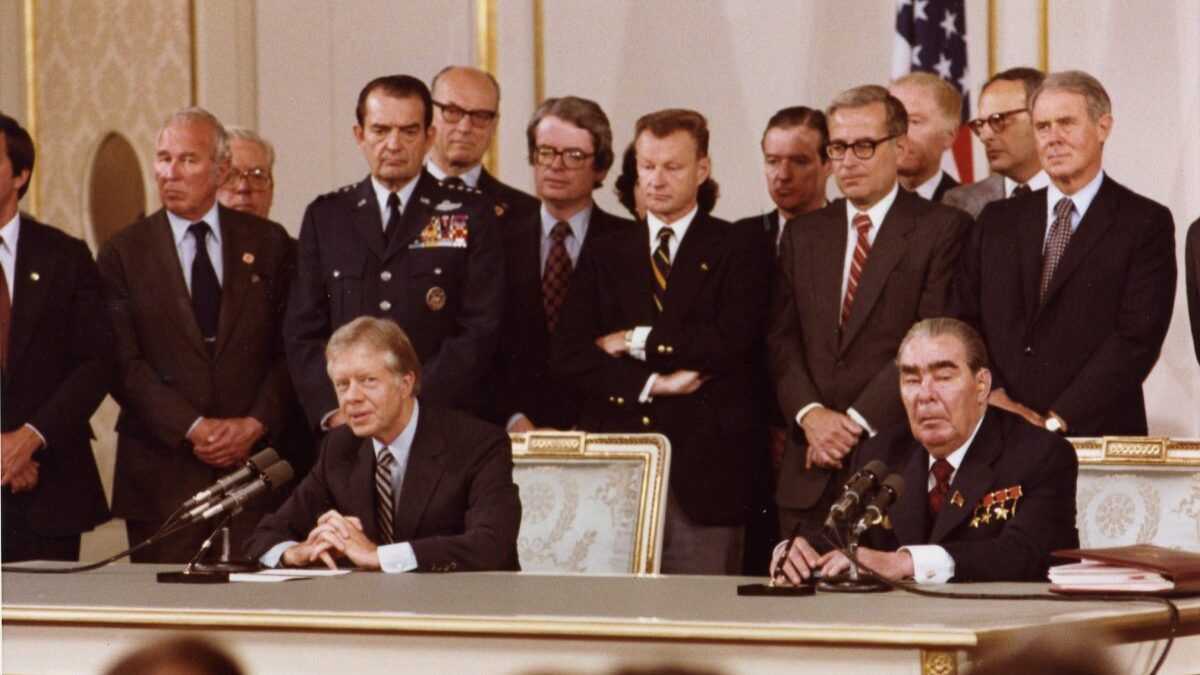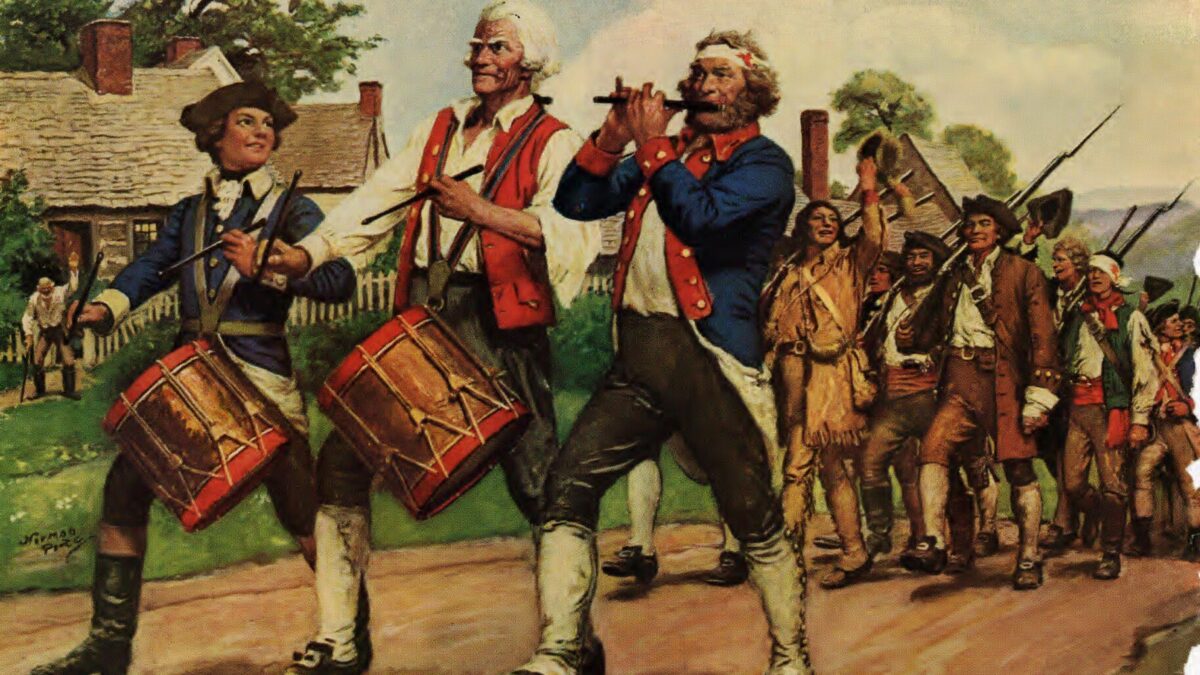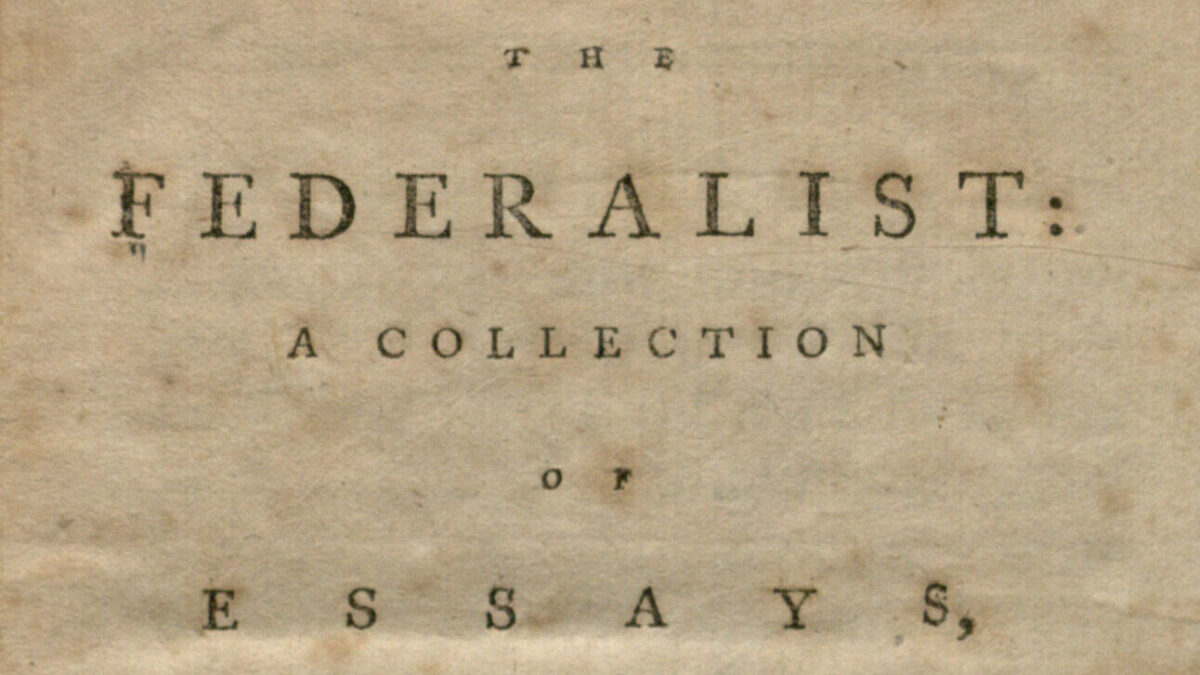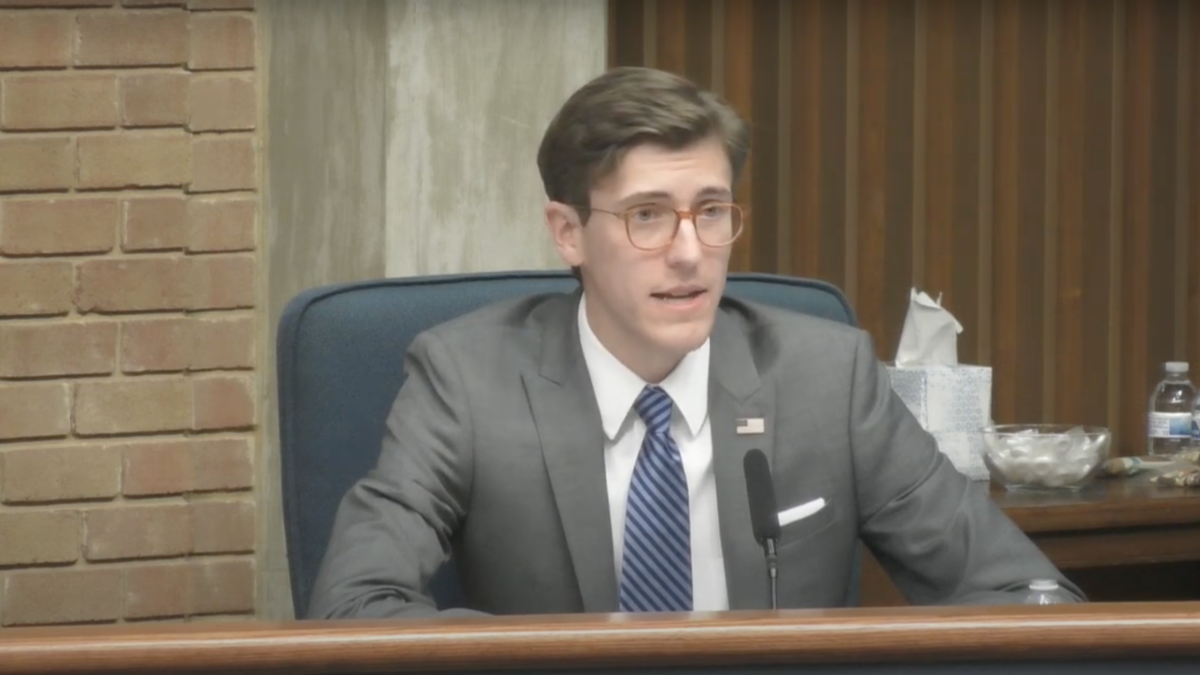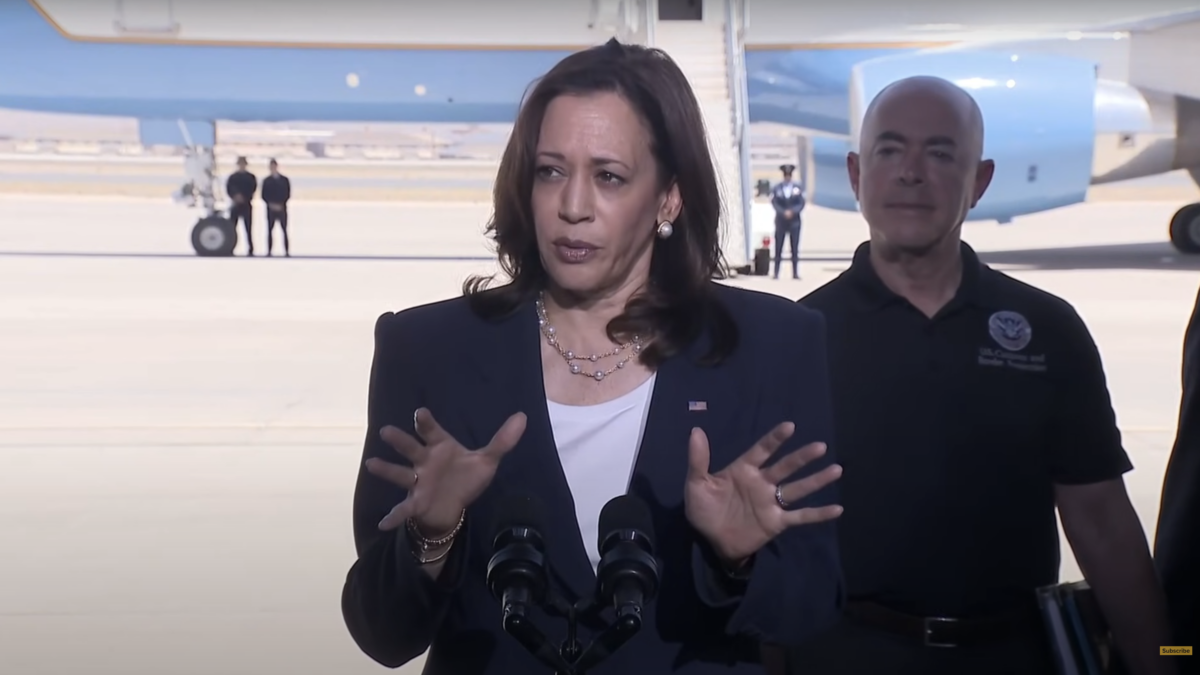In 1777, Christopher Jefferson Loving Jr., a 14-year-old boy, enlisted in the Continental Army. Christopher was my paternal grandmother’s great-grandfather. During his service, he would fight in six of the most consequential battles of the southern campaign before suffering permanent wounds a month before the victorious Siege of Yorktown. On this July 4, we honor his memory, along with all the other patriots who fought to secure our freedom.
Below is a transcription of a sworn declaration Loving made in 1819 recounting his valiant service in the fight for American independence. This declaration is also referenced in Alan Pell Crawford’s new book, This Fierce People: The Untold Story of America’s Revolutionary War in the South.
Pension application of Christopher Loving (Loveing):
On this 8th day of October 1819 before me the Subscriber one of the Judges of the General Court and assigned to the Circuit of the Superior Court of Law composed of the Counties of Bath, Augusta, Amherst, Nelson, Albemarle and Rockbridge (Virginia), personally appeared Christopher Loving aged 56 years, resident in said County of Nelson & State aforesaid, who being by me first duly sworn, according to law, doth, on his oath, make the following declaration in order to obtain the provision made by the late Act of Congress entitled “An act to provide for certain persons engaged in the land and naval service of the United States in the revolutionary war” that he the said Christopher Loving enlisted in the year 1777 when he was but 14 years of age, and the State of South Carolina in a Company commanded by Captain Linticomb [?] on Continental establishment for three years in the 6th Regiment of South Carolina troops on Continental establishment commanded by Colonel Thomas Sumpter (sic, Sumter for which Fort Sumter in Charleston Harbor was named) & Lt Col Henderson in the Army commanded by General Moultrie, afterwards by General Lincoln, that he was at the (1779) battle of Savanna and the Siege of Charleston in South Carolina where he was at the close of the siege taken prisoner by the British and detained as a prisoner for nine weeks when he made his escape from the City of Charleston (In an American force of 6,577, Loving would have been one of 5,466 captured, one of as many as 1,000 who escaped.) and afterwards joined Colonel Lacy & Lt Col McGriff as a volunteer his enlistment being expired as well as he now recollects. That he was with them at King’s Mountain and there had a battle, after which he joined General Thomas Sumter and was in a skirmish at Blackstock’s on Tyger River, that he then joined Captain Montgomery’s Company of Mounted riflemen under the Command of Genl Morgan & was at the Battle of Cowpens, that he then joined a volunteer Company under the command of Captain Jacob Barnett in a Regiment commanded by Colonel Henry Hampton and under the command of Genl Sumter and was at the (Sept. 1781) battle of the Eutaw Springs. (In an American force of 2,000, Loving would have been one of 382 wounded, with an additional 119 killed). under the Command of General Green, that he during his said services was very badly wounded and had his right hand nearly cut off by a broad sword and his left arm very much wounded in several places so as to render them but of minor service to him….
Fortunately, Loving was granted his pension in recognition of his distinguished service. Following the war, Christopher Jefferson Loving Jr. (1763-1830) married Judith Seay (1775-1831), a granddaughter of Seay II, in 1792. Consider the future a 17-year-old woman awaited in marrying a 29-year-old farmer with limited use of his arms. They would have 11 children by 1813, all but one of them spaced two years apart.
In the award-winning 2023 movie “The Holdovers,” the character played by Dominic Sessa twice mentions the threat that, if he didn’t succeed at Barton Academy, he’d be sent to Fork Union Military Academy. Unlike Barton Academy, Fork Union Military Academy (FUMA) is not fictional but was founded in 1898 in Fork Union, Virginia, about midway between Charlottesville and Richmond.
In 1987, the Daughters of the American Revolution (DAR) and FUMA erected a historical marker in the cemetery of Fork Union Baptist Church across from FUMA’s entrance. It honors Austin Seay (1758-1836), who fought in the Revolution. The marker mentions his father Abraham Seay (II) (ca. 1690-1771/8), whose Huguenot father had emigrated to the Colony of Virginia from France via England. (Richmond’s Huguenot Memorial Bridge and Huguenot High School were named after these several hundred immigrants.) In 1745, Seay II received a royal grant of 345 acres in and around what became Fork Union, where the Rivanna and James Rivers meet.
It is not stated on the DAR historical marker that Seay II had another relative who was a veteran of the Revolution. That man was Christopher Jefferson Loving Jr.
In addition to honoring the memory of his service, we can still honor him by identifying his grave — or at least the location of his cemetery. One source says that both Christopher and his wife Judith are buried in the town of Floyd, Floyd County, Virginia, but there is no location for the cemetery by the name given (Big River Mountain House or, more likely, Pigg River Meeting House). Another source says Judith is buried in Culpeper County, Virginia. I would be happy to share all of the information I have on these supposed burial sites with anyone willing to embark on the quest to find them, so Christopher Jefferson Loving Jr. can be honored.
